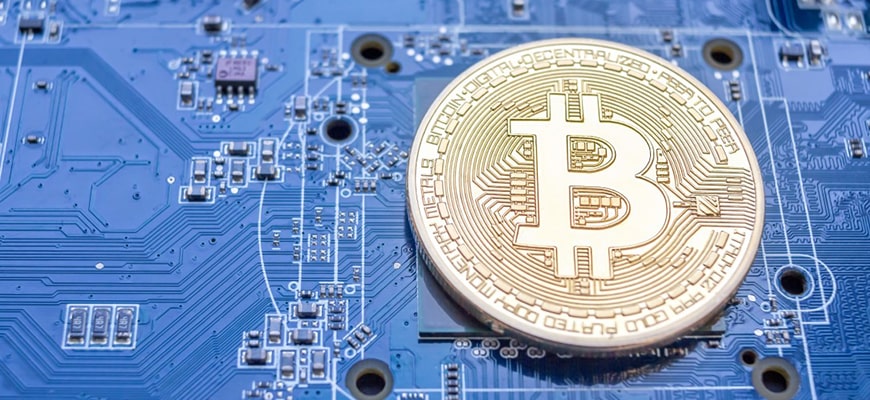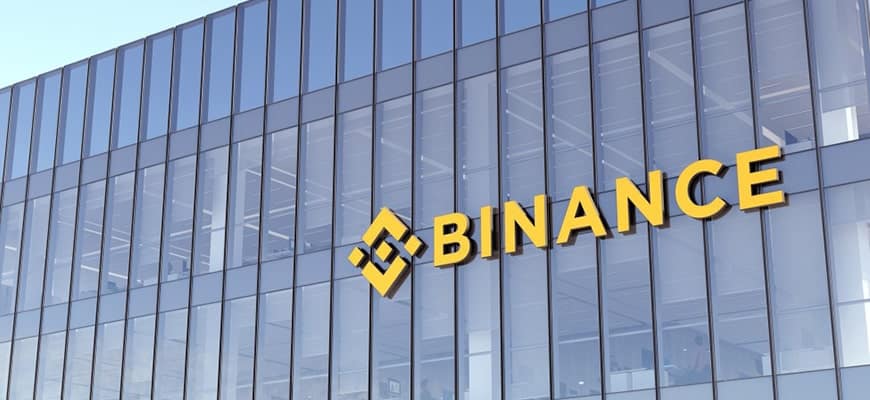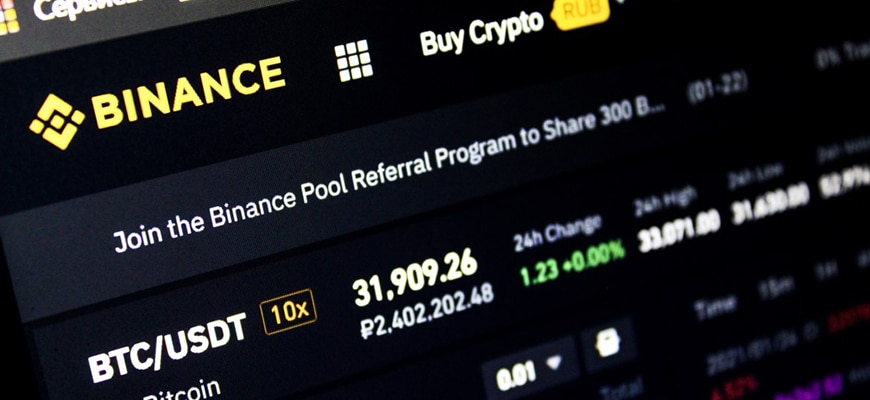Blockchain is a system of distributed ledgers. A sequence of blocks, or units of digital information, stored sequentially in a public database. The basis for cryptocurrencies.
What is Blockchain?
Blocks are created by solving cryptographic problems. The process of solving these problems is known as mining. Mining a block in a blockchain entails a reward. For example, during the creation of the Bitcoin blockchain, miners who solve the cryptographic hashing problem necessary to add a new block to the blockchain received a reward of 50 BTC.Blockchain is decentralized records.
In this case, a unique block identifier – known as a hash – is derived from the information contained in each previous block of the blockchain. This means that in order to tamper with any entry in the blockchain, an attacker would have to change every block in every instance of the blockchain. As a result, the blockchain is considered virtually impossible to tamper with and is treated as an immutable record of transactions.Today, most blockchains are public. This includes well-known cryptocurrencies such as Bitcoin and Ethereum. Anyone can view records of transactions made on a given blockchain using a tool called a blockchain conduit. In theory, however, blockchain provides a high level of anonymity for users.
While public blockchains are the norm, private versions are also being explored as a solution for many business and government use cases.








